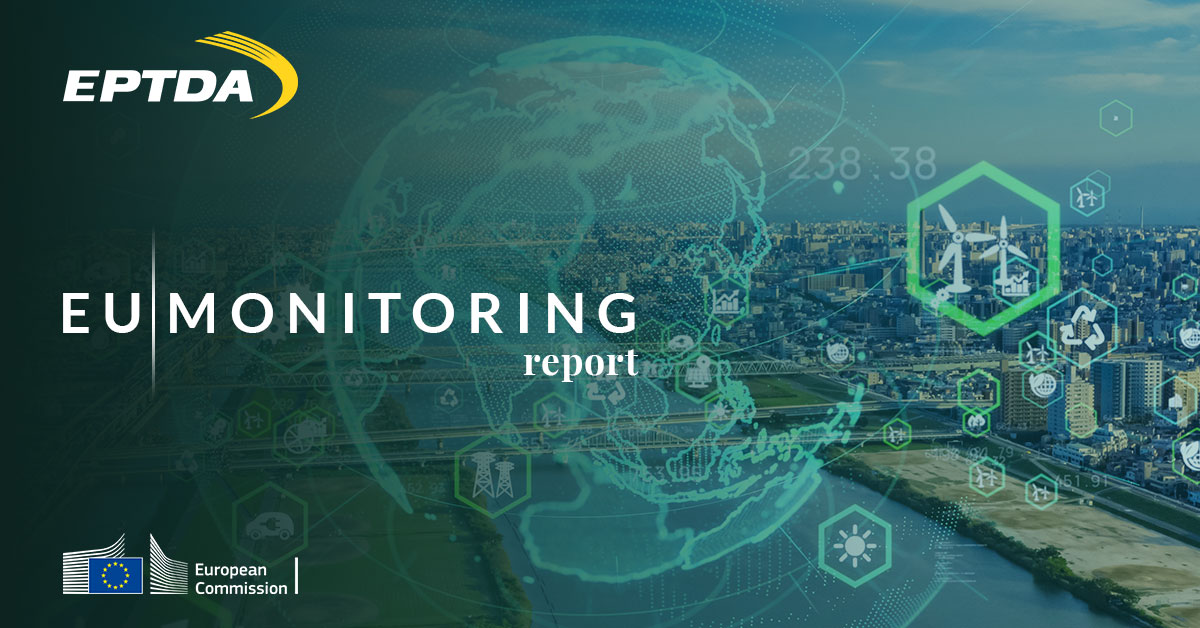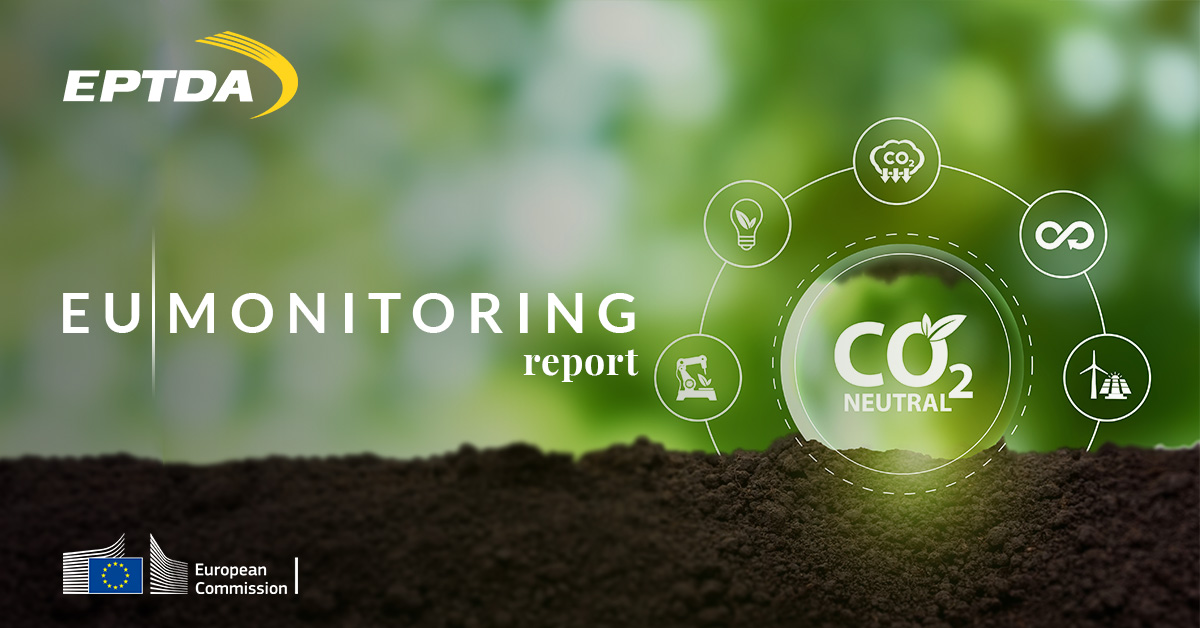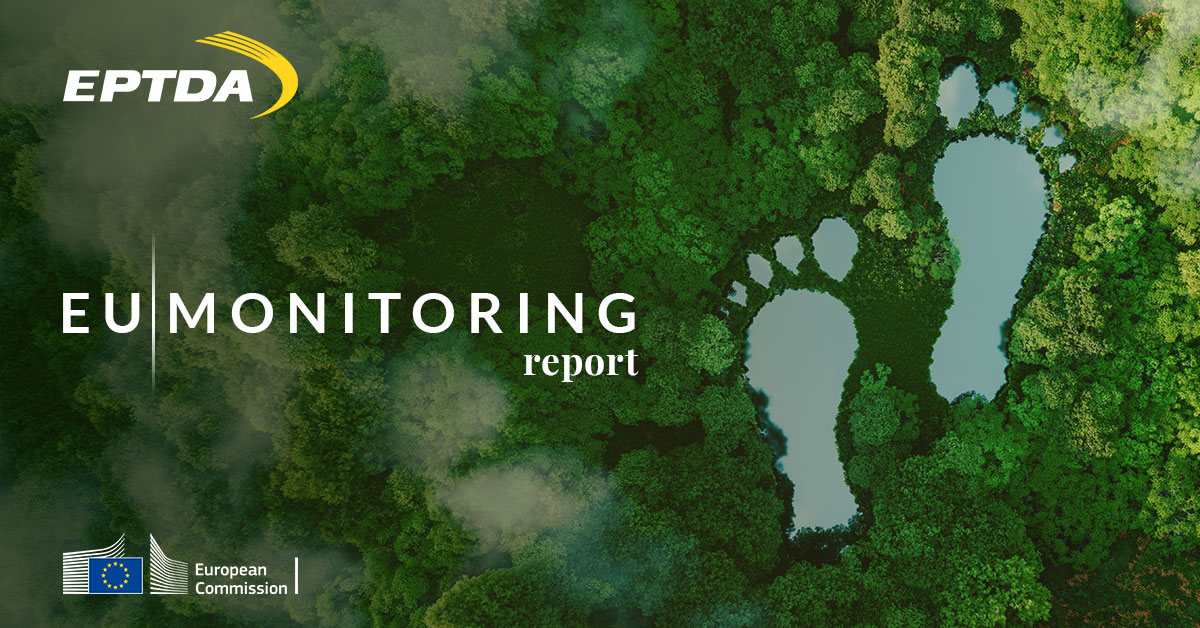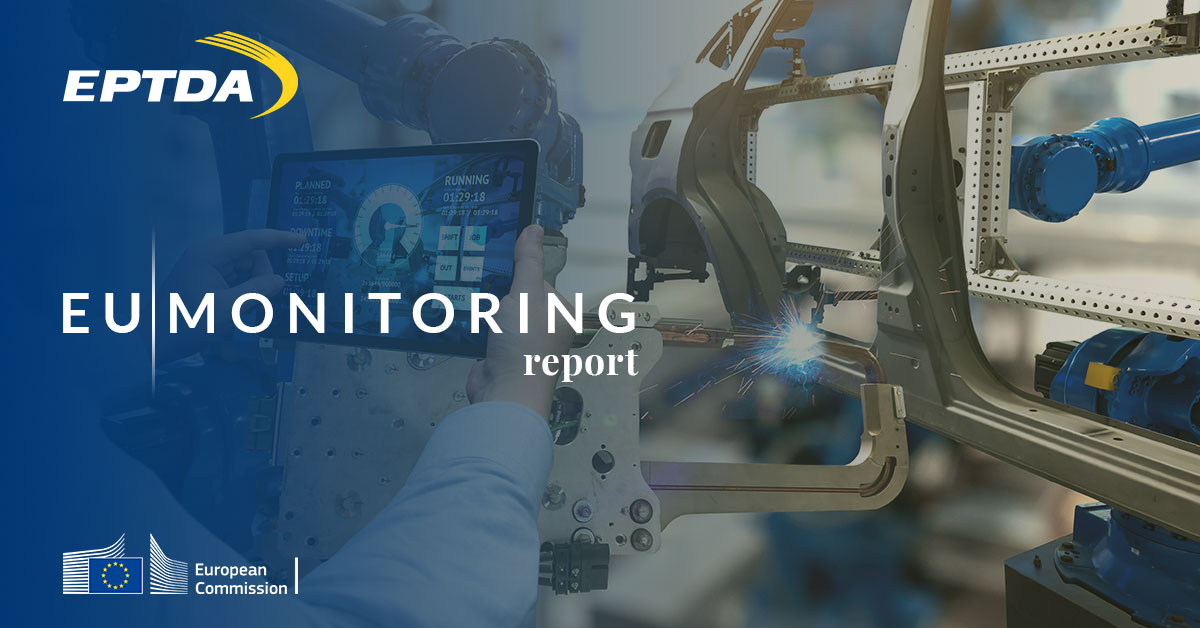By using data analytics, business leaders across the manufacturing sector and all the supply chain can significantly reduce their carbon emissions – as well as improve efficiency, reduce costs, and drive innovation.
Europe’s commitment to net zero
On 12 May 2021, the European Commission adopted an Action Plan (“Towards a Zero Pollution for Air, Water and Soil”), that envisions a zero pollution policy for 2050. And it means that air, water and soil pollution need to be reduced to levels no longer considered harmful to health and natural ecosystems.
This translates into critical 2030 targets for eliminating pollution at the source as quickly as possible. These are some of the objectives:
- To cut by 55% the number of premature deaths due to air pollution by improving air quality;
- Reducing garbage, plastic litter at sea (by 50%), and microplastics released into the ecosystem (by 30%) in order to improve water quality;
- Enhancing soil quality by halving nutrient losses and reducing the need of chemical pesticides by 50%;
- Lowering EU ecosystems where air pollution poses a danger to biodiversity by 25%;
- Reducing the number of people who are chronically affected by traffic noise by 30%;
- Significantly reducing waste generation and by 50% residual municipal waste.
May we remind you that net zero alludes to the adjustment between the quantity of greenhouse gasses (GHG) produced and the quantity removed from the air. Net zero is accomplished when the sum included is no more than the sum taken away.
Download the full EU Monitoring Report.




